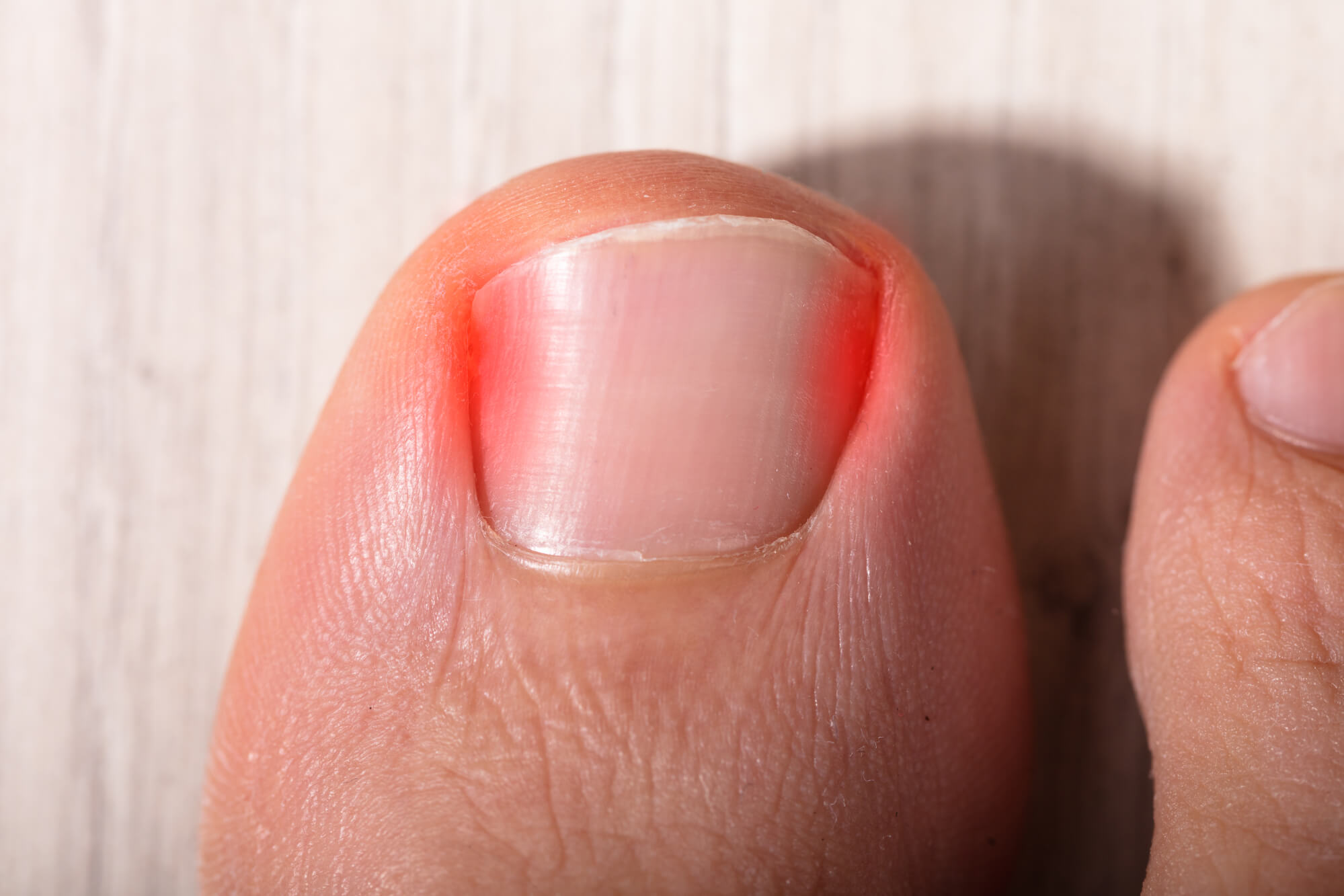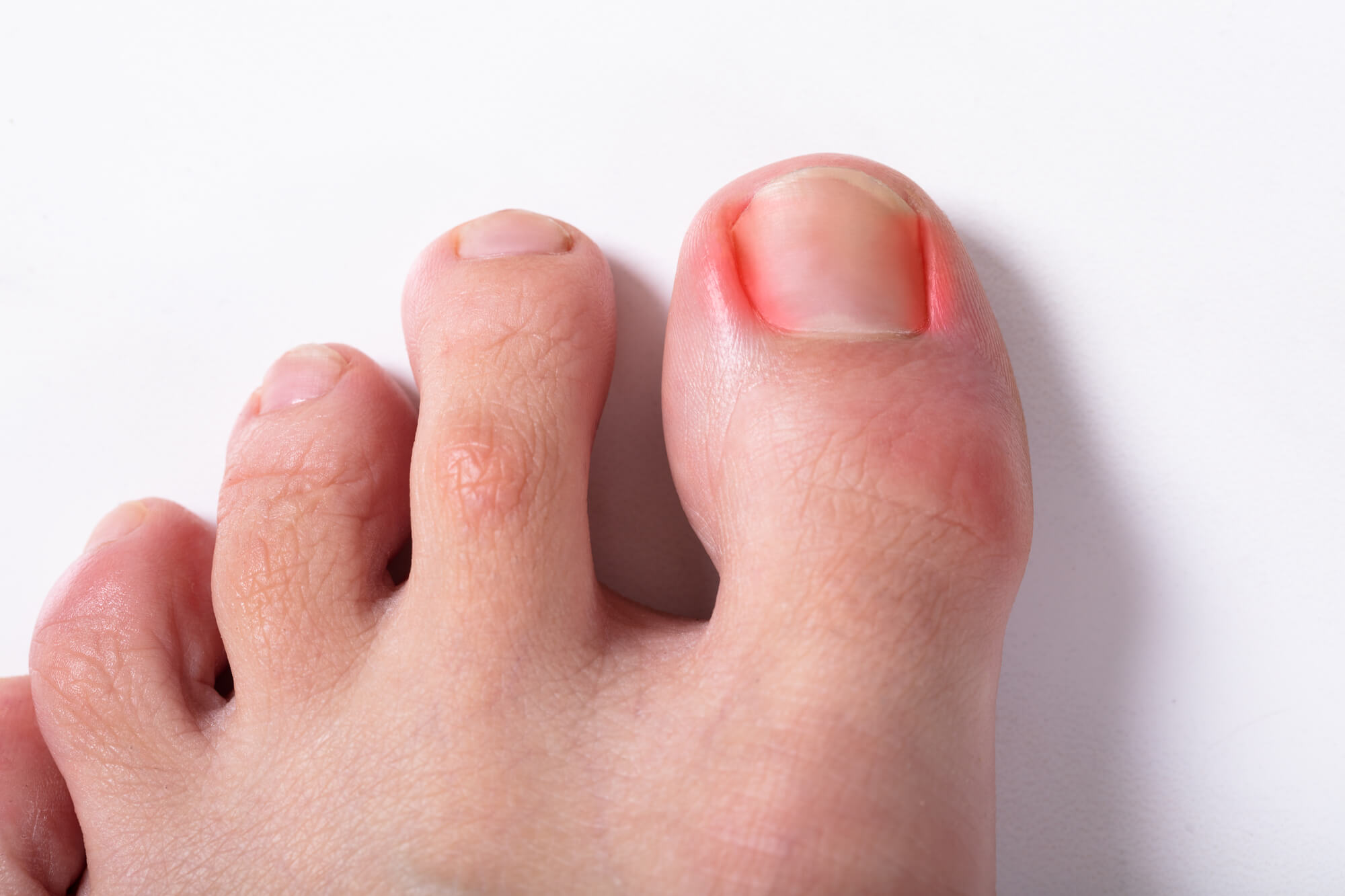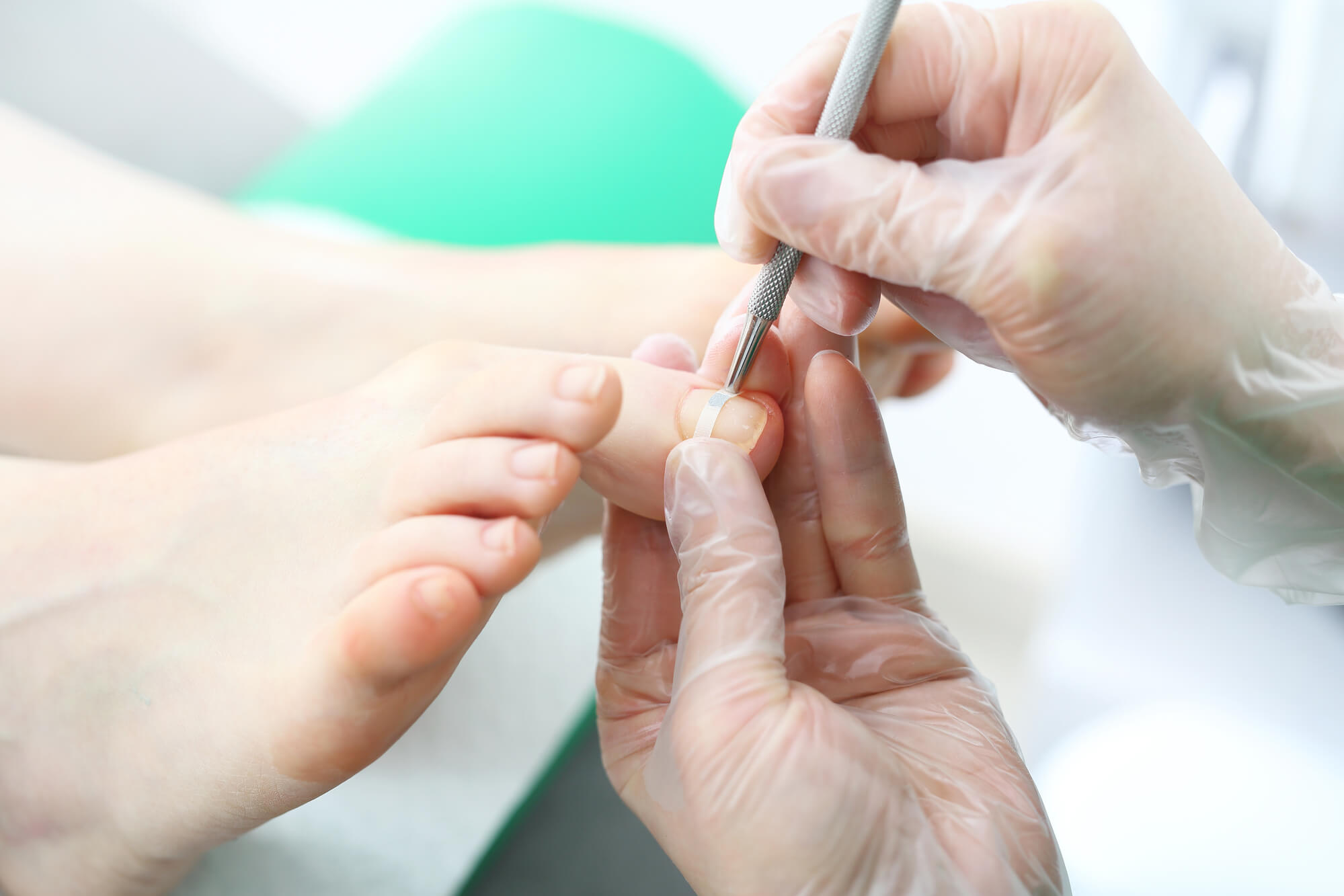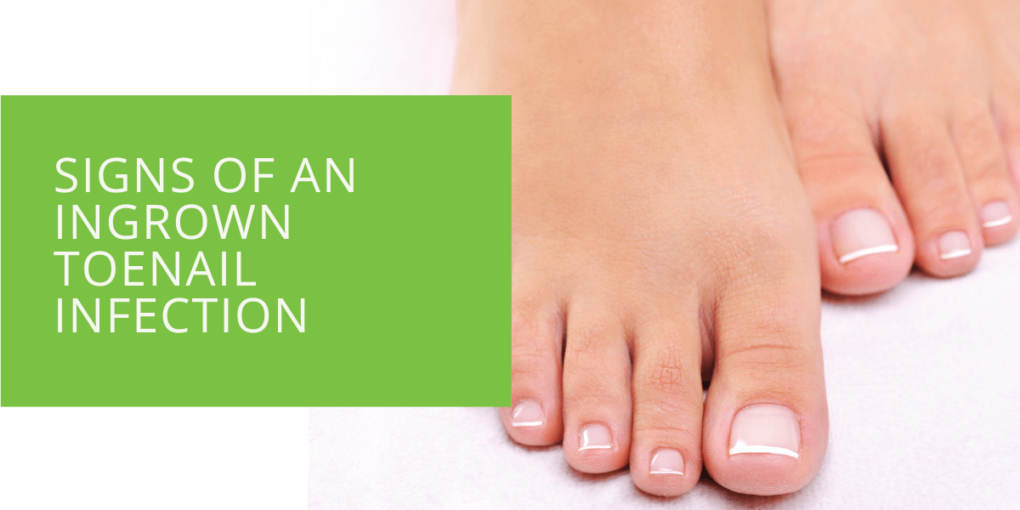Signs of an Ingrown Toenail Infection
Ingrown toenail infections can be a painful and frustrating experience. When the edge of a toenail grows into the skin, it can lead to redness, swelling, and even pus or fluid discharge. In severe cases, an infected ingrown toenail may require medical attention from a podiatrist. This article will discuss the causes and symptoms of ingrown toenail infections and how to diagnose and treat them. We will also provide tips on how to prevent ingrown toenails from occurring in the first place.
An ingrown toenail infection occurs when the edge of a toenail grows into the skin, typically on the big toe. This can cause pain, swelling, and redness in the affected area. If the infection is left untreated, it can lead to more serious complications such as pus or fluid discharge.
Causes of Ingrown Toenails
Several factors can contribute to the development of ingrown toenails. These include:
- Tight or ill-fitting shoes: Shoes that are too tight or do not fit properly can cause the toenails to become ingrown. This is because the toes are squeezed together, which can cause the toenails to grow into the skin.
- Improper nail trimming techniques: Cutting your toenails too short or round the corners can increase the risk of ingrown toenails. It is important to cut your toenails straight to reduce the risk of ingrown ones.
- Trauma to the toenail: Trauma to the toenail, such as stubbing your toe or dropping a heavy object on it, can also increase the risk of ingrown toenails.

Symptoms of an Ingrown Toenail Infection
If you have an ingrown toenail infection, you may experience the following symptoms:
- Pain and tenderness in the affected toe: The affected toe may feel sore and tender to the touch.
- Swelling around the affected toe: The skin around the affected toe may appear swollen and inflamed.
- Redness or warmth in the affected area: The affected area may appear red and warm to the touch.
- Discharge of pus or fluid from the affected area: An infected ingrown toenail may produce pus or fluid discharge in severe cases.
Diagnosis and Treatment of Ingrown Toenail Infections
If you suspect an ingrown toenail infection, it is important to visit a healthcare provider for diagnosis and treatment. A podiatrist, a doctor specializing in the care of the feet, can help diagnose and treat an ingrown toenail infection.
To diagnose an ingrown toenail infection, a podiatrist may examine the affected area and ask about your symptoms. They may also take a sample of the pus or fluid discharge for laboratory testing to determine the cause of the infection.
Treatment of an ingrown toenail infection may involve using antibiotics to clear the infection. In severe cases, surgery may be necessary to remove the ingrown portion of the toenail.
If you have an ingrown toenail infection, you can take the following steps to help relieve the pain and swelling:
- Soak the affected foot in warm water: This can help to soften the skin and make it easier to remove the ingrown toenail.
- Use dental floss to lift the ingrown toenail gently: Gently slide a piece of dental floss under the ingrown toenail to lift it away from the skin. This can help to relieve pressure and pain.
- Apply an over-the-counter pain reliever: You can use ibuprofen or acetaminophen to help relieve pain and reduce swelling.

Prevention of Ingrown Toenails
There are several steps you can take to prevent ingrown toenails from occurring in the first place:
- Wear properly fitting shoes: It is important to wear shoes that fit properly to avoid squeezing the toes together, which can lead to ingrown toenails.
- Trim toenails straight across: Avoid rounding the corners of your toenails when trimming them. Cut your toenails straight across to reduce the risk of ingrown toenails.
- Avoid trauma to the toenails: Be careful when participating in activities that could result in trauma to the toenails, such as playing sports or doing heavy lifting.
- Keep the feet clean and dry: Washing your feet regularly and keeping them dry can help to prevent infections, including ingrown toenail infections.
Conclusion
Ingrown toenail infections can be a painful and frustrating experience. If you experience pain, swelling, redness, or discharge, it is important to seek medical attention from a podiatrist. You can avoid the discomfort and complications associated with ingrown toenail infections with proper treatment and prevention techniques. Wear properly fitting shoes, trim your toenails straight across, avoid trauma, and keep your feet clean and dry to reduce the risk of ingrown toenails.

FAQ
How do I know if my ingrown toenail is infected?
If you have an infected ingrown toenail, you may experience pain, tenderness, swelling, redness, and discharge of pus or fluid. If you are experiencing these symptoms, you must visit a healthcare provider for diagnosis and treatment.
How do you get rid of an infected ingrown toenail?
To get rid of an infected ingrown toenail, it is important to seek medical attention from a healthcare provider. They may prescribe antibiotics to clear the infection and, in severe cases, may recommend surgery to remove the ingrown portion of the toenail.
Will an infected ingrown toenail heal itself?
In most cases, an infected ingrown toenail will not heal itself without medical treatment. It is important to seek medical attention from a healthcare provider to diagnose and treat the infection properly.
When should I worry about an ingrown toenail?
If you are experiencing pain, tenderness, swelling, redness, or discharge of pus or fluid, it is important to seek medical attention from a healthcare provider. These symptoms may indicate a more serious infection that requires treatment.
How do I know if my ingrown toenail is serious?
If you are experiencing severe pain, redness, or discharge of pus or fluid, it is important to seek medical attention from a healthcare provider. These symptoms may indicate a more serious infection that requires treatment. In severe cases, surgery may be necessary to remove the ingrown portion of the toenail.

